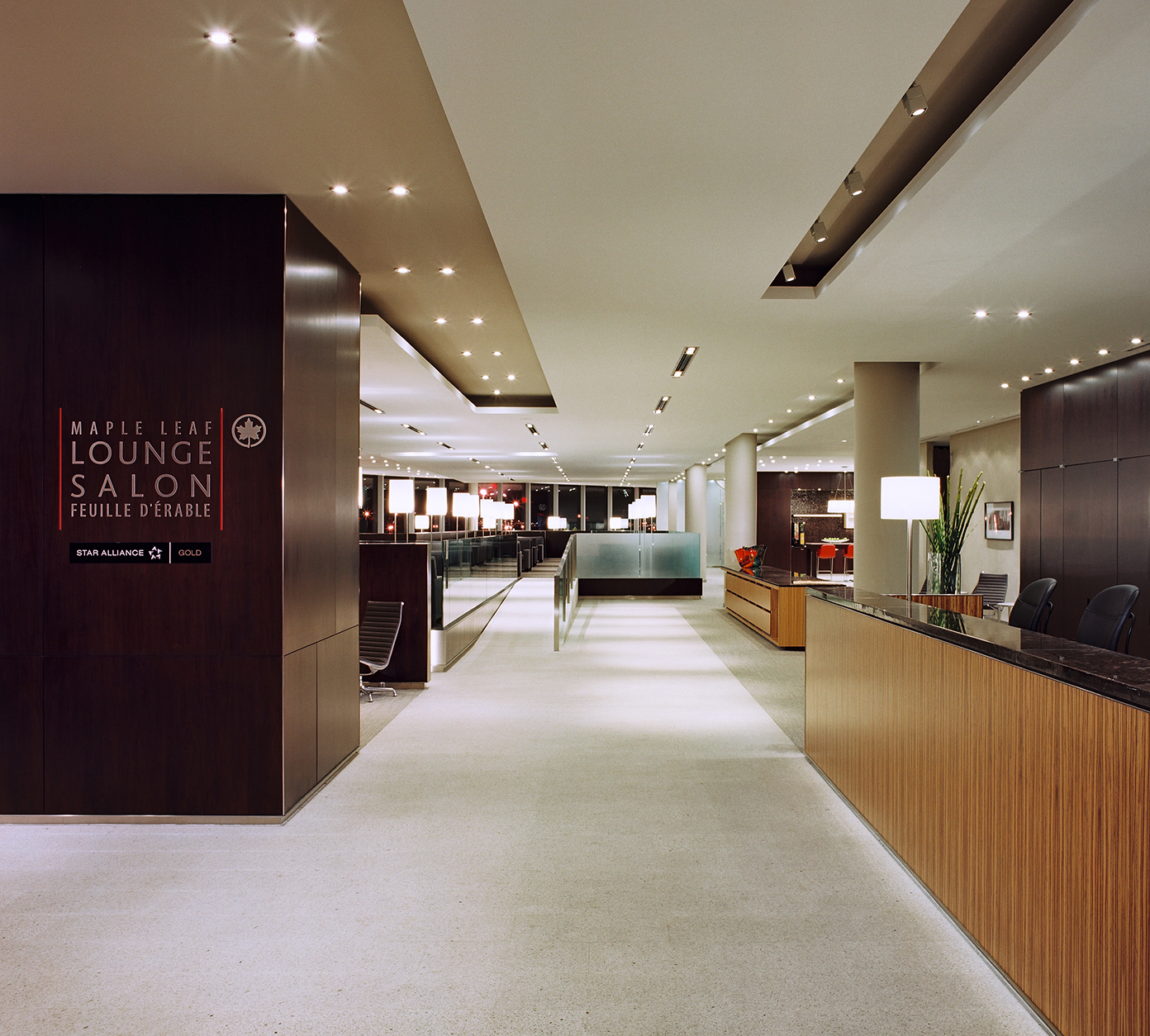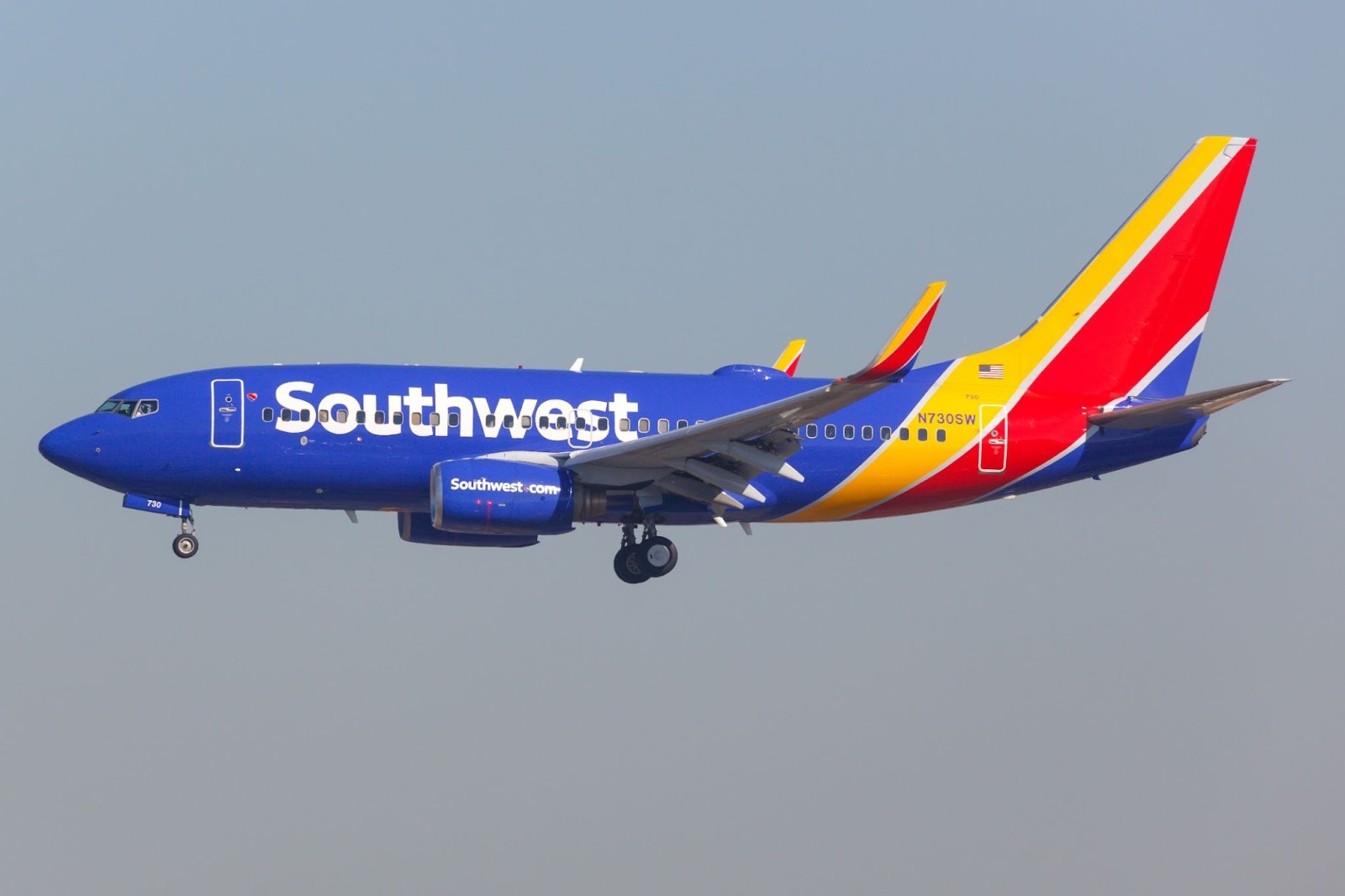How Early Can You Check In for an Air Canada Flight? The Details Frequent Flyers Always Get Wrong

If you’ve ever shown up at the airport extra early, suitcase in hand and coffee in the other, ready to drop your bags and relax, you’ve probably run into the dreaded “Bag drop isn’t open yet.”
For years, Air Canada travelers have repeated the same rule: you can check in four hours before your flight. But here’s the truth — that’s not always the case. Depending on where you’re flying from, that “four-hour window” can shrink to three, and recent policy changes have made the cut-off tighter than ever.
So, if you like to plan ahead (and avoid standing around with your luggage at 6 a.m.), here’s everything you need to know in plain English.
Check-In Basics: 24 Hours Online, 60 Minutes Cut-Off
Let’s start with what’s new.
Since September 2024, Air Canada has streamlined its check-in rules worldwide. You can still check in online or in the app 24 hours before your flight — that hasn’t changed — but the airline now closes check-in 60 minutes before departure for almost every route.
Here’s what that means:
- Bag drop closes 45 minutes before domestic flights.
- Bag drop closes 60 minutes before international or U.S. flights.
Miss those deadlines, and even the friendliest gate agent can’t override the system. Your bags simply won’t make it.
The (3-Hour) Airports: When Four Hours Becomes Three
At most airports in Canada and the U.S., Air Canada opens counters and bag-drop lanes (4 hours) before departure. But several international stations — mainly in Asia and parts of Europe — operate on a (3-hour) timeline instead.
That means you can check in online 24 hours ahead, but you’ll need to wait until T-3 hours to drop your luggage at the counter.
✈ Asia–Pacific
Tokyo Narita (NRT), Tokyo Haneda (HND), Seoul Incheon (ICN), Hong Kong (HKG), Singapore Changi (SIN), Shanghai Pudong (PVG), Beijing Capital (PEK), Osaka Kansai (KIX), Sydney (SYD), and Brisbane (BNE).
✈ Europe
Paris Charles de Gaulle (CDG), Geneva (GVA), Lyon (LYS), Milan Malpensa (MXP), and Toulouse (TLS).
Arrive earlier than that and you’ll likely find the counters dark, the belts stopped, and a few equally confused travelers scrolling their phones waiting for them to open.
The (4-Hour) Airports: Still the Standard
Everywhere else — including most of Europe, the Middle East, and South America — sticks with the (4-hour) window.
That includes major hubs such as London Heathrow (LHR), Frankfurt (FRA), Zurich (ZRH), Dublin (DUB), Tel Aviv (TLV), Delhi (DEL), Doha (DOH), and Bogotá (BOG).
At these airports, showing up four hours ahead gives you plenty of time to check your bags, clear security, and claim your spot in the lounge without rushing.

The Canadian Exception
One domestic oddball deserves a shout-out: Toronto Billy Bishop (YTZ).
Because it’s a small-city airport with short turnarounds, the bag-drop deadline is only 25 minutes before departure. In other words, early check-in isn’t the issue — missing the cut-off is.
Don’t Count on Delays
Here’s a tip even seasoned travelers miss: a delayed flight doesn’t extend check-in deadlines.
Unless Air Canada specifically resets the system, the original timing still applies.
So if your 8 p.m. flight suddenly becomes 10 p.m., the 7 p.m. bag-drop cut-off usually doesn’t move—plan for the original schedule, not the updated one.
Why Air Canada Limits Early Bag Drop
It’s not about being difficult — it’s about logistics.
Every bag has to pass through a security screening window tied to its departure time. Bags checked too early need to be stored and re-screened later, which increases both cost and risk.
Keeping check-in within that 3-to-4-hour window ensures your suitcase stays within the right screening cycle and makes it onto the right aircraft. It’s one of those small operational details that keeps the whole system moving.
Rewards Maven Tips: How to Make That Window Work for You
1. Time your arrival.
At (4-hour) airports, aim to arrive around 3½ hours early. At (3-hour) airports, get there right as counters open — you’ll beat the line and still have time to relax.
2. Use self-tagging kiosks.
Major Canadian airports — Toronto Pearson, Vancouver, Montreal, Calgary, and Ottawa — and several U.S. stations, such as Boston and San Francisco, offer self-tag kiosks. You can print and attach your tags in under 2 minutes, then head straight to the bag drop.
3. Know your hard deadlines.
Bag-drop closes 45 minutes before domestic flights and 60 minutes before international flights. Once the system locks, it really locks.
4. Don’t rely on flight delays.
Even if your plane’s running late, the check-in timer doesn’t care. Stick to the original schedule.
5. Turn early arrival into an advantage.
If you show up before counters open, find a landside lounge (like Plaza Premium at YVR or YYZ), grab a seat by a charging outlet, and treat yourself to breakfast. Your trip starts when you decide it does.
The Bottom Line
For most of Air Canada’s network, the familiar four-hour rule still stands. But at several airports in Asia and parts of France and Italy, three hours is the reality — and the new 60-minute cut-off means precision matters more than ever.
In other words, don’t just show up early. Show up right.
Know when your counter opens, know when it closes, and make those hours work for you — whether that means a cappuccino before check-in or a quiet hour in the lounge once you’re through.
Because when you travel smart, even the waiting time feels like part of the journey.
DISCOVER THE RIGHT CARD FOR YOU.
Explore our card recommendations and find a credit
card that suits your personal needs.
.svg)



.jpg)
.jpg)
.jpg)
.svg)